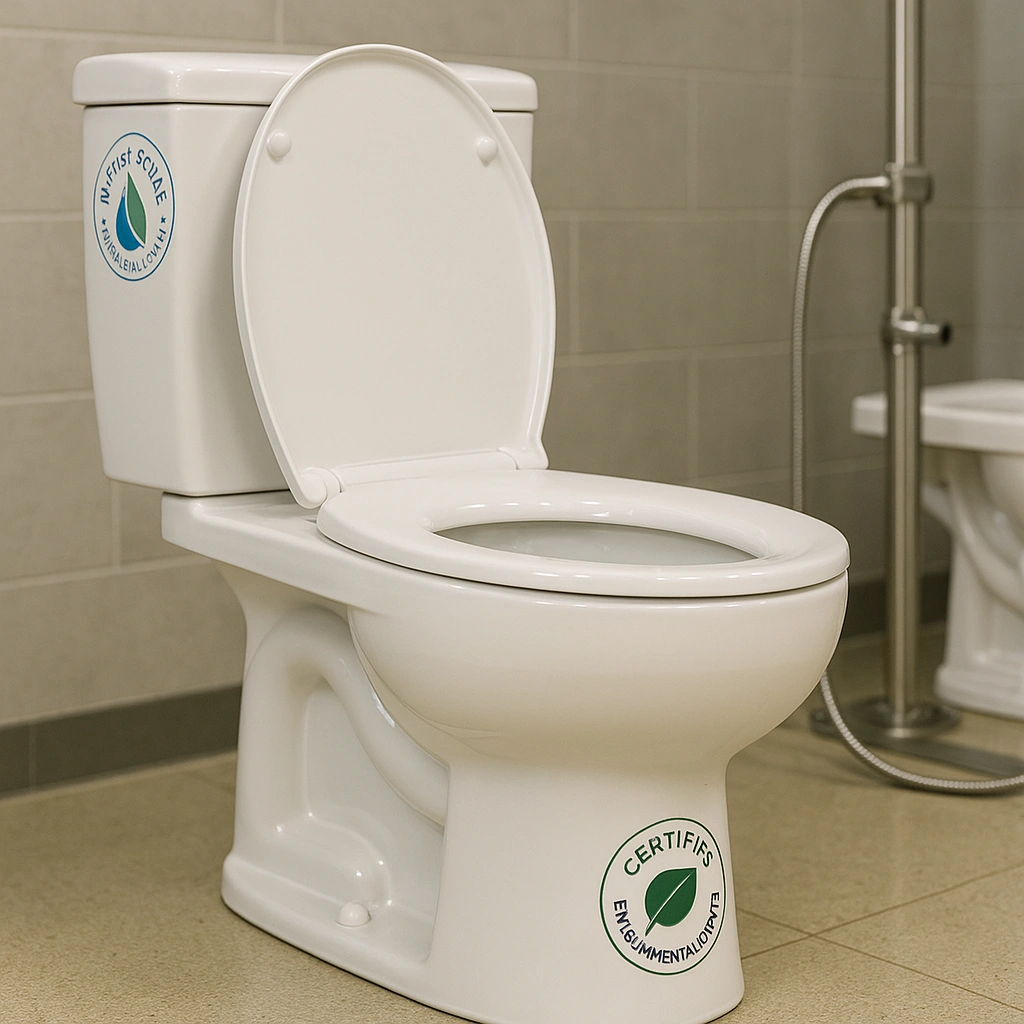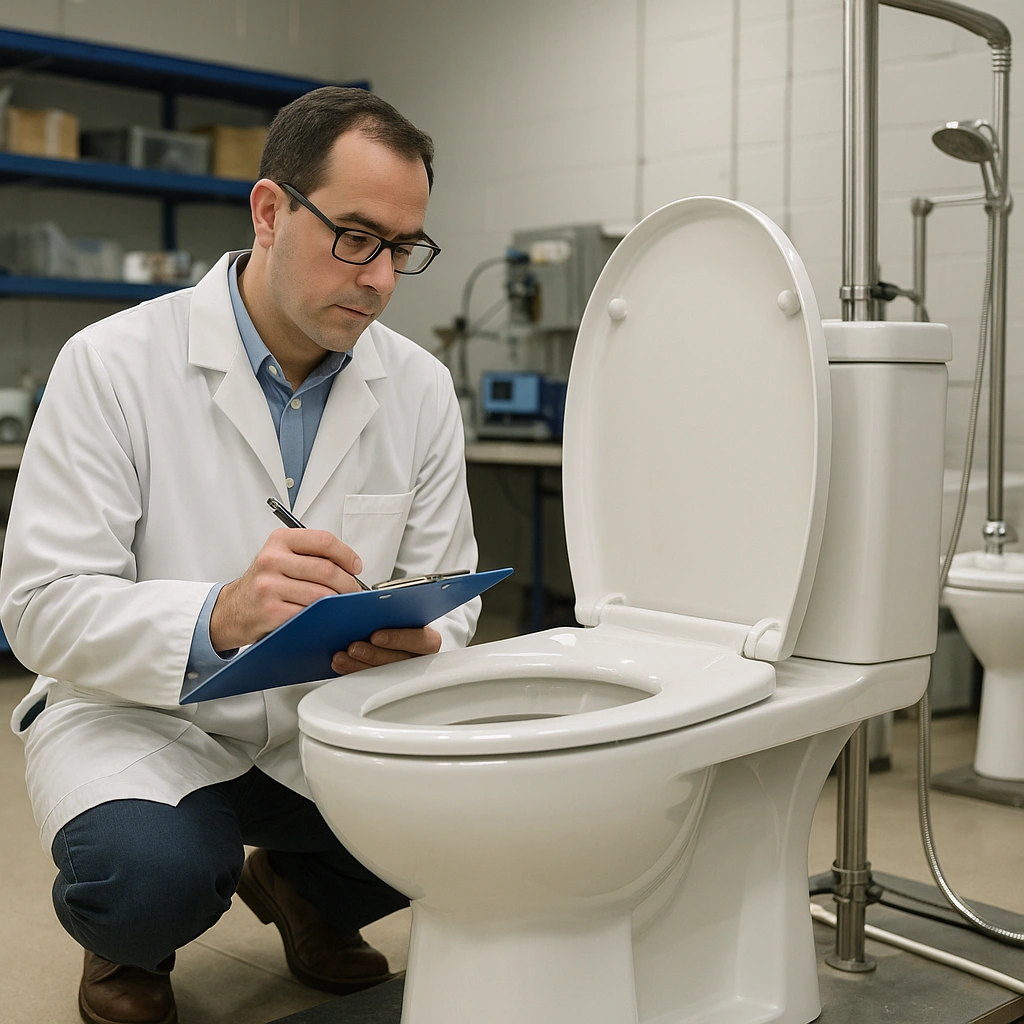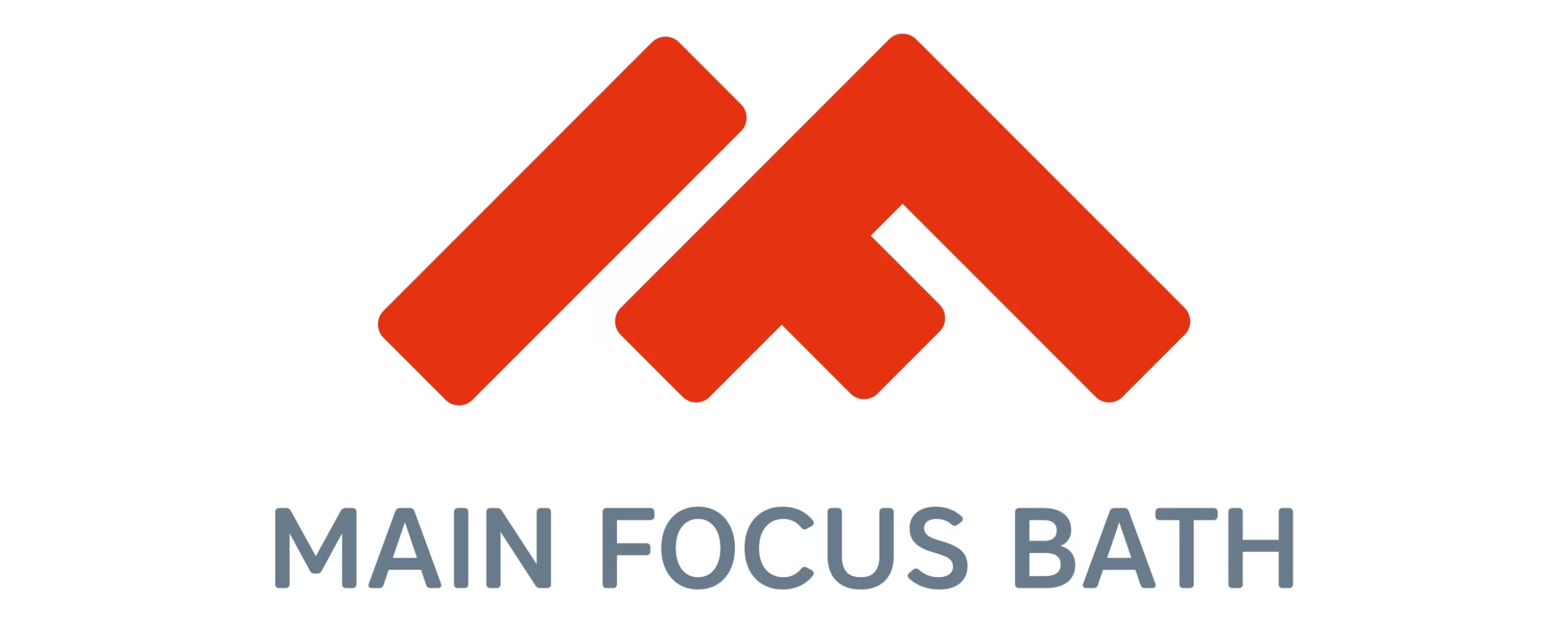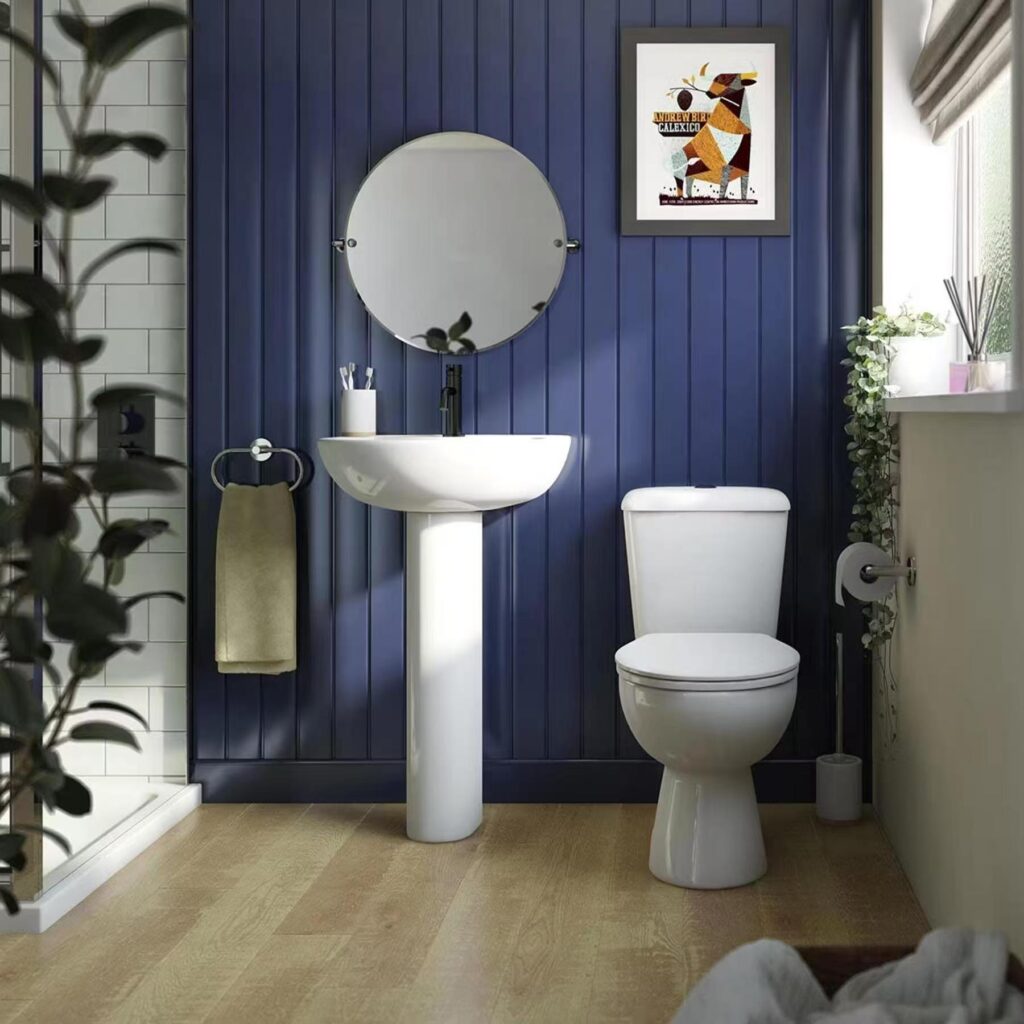Pagpapakilala
Navigating the maze of toilet certifications can make or break your success in the global sanitary ware market. One wrong certification choice can lead to rejected shipments, costly delays, and damaged business relationships—challenges that procurement teams and exporters face daily when expanding into new regions.
From Europe’s stringent CE requirements to North America’s UPC standards, each market demands specific certifications that go beyond basic compliance. These certifications affect everything from market access and product safety to environmental compliance and, perhaps surprisingly, even resale value. With over a decade of working with international standards, we’ve seen how proper certification strategy becomes a make-or-break factor in successful market entry.
This comprehensive guide breaks down the complex world of toilet certifications, helping you understand which standards matter most for your target markets and how to leverage them for competitive advantage. Whether you’re dealing with water efficiency requirements in Australia or safety standards in Japan, you’ll find the precise information needed to navigate certification requirements with confidence.
Introduction to Toilet Certifications
Toilet certifications serve as crucial quality assurance standards that ensure sanitary ware products meet specific safety, performance, and environmental requirements before entering different global markets.
In today’s interconnected global market, understanding toilet certifications has become “make-or-break” for businesses in the sanitary ware industry. These certifications are more than just paperwork – they’re your passport to market entry and customer trust. As international trade continues to grow, manufacturers and distributors must navigate an increasingly complex landscape of certification requirements.
Toilet certifications encompass various aspects of product quality and performance. From water efficiency to structural integrity, these standards ensure that every toilet meets the stringent requirements of different regions. For manufacturers and importers, obtaining the right certifications is crucial for successful market access and regulatory compliance.
Understanding Global Certification Standards
| Certification | Region | Focus Areas | Validity Period | Testing Parameters |
|---|---|---|---|---|
| CE Mark | European Union | Safety & Performance | Unlimited | Structural Integrity, Materials |
| UPC | North America | Plumbing Standards | 3 Years | Water Efficiency, Flush Performance |
| WaterSense | United States | Water Conservation | Annual Review | Water Usage, Performance Metrics |
| WELS | Australia/NZ | Kahusayan ng Tubig | 5 Years | Water Consumption, Flow Rate |
| CCC | China | Quality & Safety | 5 Years | Material Quality, Performance |
The certification process involves rigorous testing and validation procedures. Independent laboratories evaluate various aspects including water efficiency, material safety, and structural integrity. These comprehensive assessments ensure that certified toilets meet or exceed the prescribed standards for their intended markets.
For manufacturers, obtaining international toilet certifications represents a significant investment in quality and market access. The process requires detailed documentation, sample testing, and often multiple rounds of verification. However, this investment typically yields returns through expanded market opportunities and enhanced customer confidence.
Understanding toilet certification standards is particularly crucial for exporters. Different regions have varying requirements, and compliance with these standards can prevent costly delays and rejections at customs. For instance, while CE marking is essential for the European market, North American distributors must ensure their products meet UPC standards.
Recent trends show an increasing emphasis on environmental standards within certification requirements. Water efficiency ratings have become particularly important, with programs like WaterSense in the United States and WELS in Australia leading the way in promoting sustainable sanitary ware solutions.

Key Toilet Certifications and Their Standards
Different regions worldwide maintain distinct toilet certification standards that manufacturers must meet, with requirements ranging from basic safety to advanced water conservation specifications.
When it comes to toilet certifications, manufacturers need to be “on point” with their compliance strategy. Each major market has established specific standards that ensure products meet local safety, performance, and environmental requirements. Understanding these standards is crucial for successful market entry and long-term business sustainability.
Regional Certification Requirements
| Certification | Testing Criteria | Compliance Level | Renewal Period | Market Access |
|---|---|---|---|---|
| CE (Europe) | Load Bearing: 400kg | Essential Requirements | Continuous | EU/EEA Markets |
| UPC (USA) | Flush Volume: 1.6gpf | Komprehensibo | 3 Years | North America |
| WaterSense (USA) | Max Flow: 1.28gpf | Voluntary Enhanced | Annual Review | US Green Building |
| WELS (Australia) | Star Rating System | Mandatory | 5 Years | Australia/NZ |
| JIS (Japan) | Material Durability | Performance Based | 3 Years | Japanese Market |
The CE certification represents the cornerstone of European market access, ensuring products meet essential health, safety, and environmental protection requirements. This certification demands rigorous testing of structural integrity, material safety, and performance standards before products can be sold in the European Economic Area.
North American markets rely heavily on the Uniform Plumbing Code (UPC) certification. This comprehensive standard evaluates everything from flush performance to material durability. Additionally, the CSA certification adds another layer of compliance requirements specific to the Canadian market.
Water efficiency has become a critical focus in modern plumbing product certifications. The EPA’s WaterSense program in the United States and Australia’s Water Efficiency Labelling and Standards (WELS) scheme set stringent requirements for water consumption. These certifications have become increasingly important as markets prioritize environmental sustainability.
Asian markets maintain their distinct certification requirements. Japan’s JIS standards focus intensively on product durability and performance, while China’s CCC certification emphasizes safety and quality control. Understanding these regional variations is essential for manufacturers targeting Asian markets.
For exporters, navigating these various toilet certifications requires careful planning and investment. Each certification process involves specific testing protocols, documentation requirements, and ongoing compliance monitoring. However, obtaining these certifications opens doors to lucrative markets and demonstrates a commitment to quality and safety standards.

Environmental and Safety Benefits of Certified Toilets
Certified toilets deliver substantial environmental and safety benefits through regulated water efficiency, rigorous safety standards, and sustainable manufacturing practices that protect both consumers and the environment.
When it comes to bathroom fixtures, certified toilets are “crushing it” in terms of environmental impact and safety standards. These certifications ensure that products not only meet strict performance criteria but also contribute to global sustainability goals. For consumers and businesses alike, certified fixtures represent a commitment to both quality and environmental responsibility.
Water Conservation Impact
| Certification Level | Water Usage (GPF) | Annual Savings (Gallons) | Epekto sa Kapaligiran | Cost Benefits |
|---|---|---|---|---|
| Standard Uncertified | 3.5 | 0 | High Water Waste | No Savings |
| Basic Certified | 1.6 | 12,775 | Moderate Impact | $120/year |
| WaterSense Certified | 1.28 | 16,500 | Significant Reduction | $140/year |
| Ultra-Mataas na kahusayan | 0.8 | 20,000 | Maximum Savings | $160/year |
| Dual Flush Certified | 1.1/1.6 | 15,000 | Optimized Usage | $130/year |
Safety certifications for toilets encompass crucial aspects like structural integrity, material safety, and installation standards. These requirements ensure that certified products can withstand daily use while preventing common plumbing issues such as leaks and backflow problems.
The environmental impact of certified toilets extends beyond water conservation. Modern certification standards also evaluate manufacturing processes, material sustainability, and overall product lifecycle. This comprehensive approach helps reduce the carbon footprint of bathroom fixtures while maintaining high performance standards.
Consumer trust in certified products continues to grow as awareness of environmental issues increases. Market research shows that eco-certified toilets not only command premium prices but also enjoy higher customer satisfaction rates. This trend reflects a broader shift toward sustainable purchasing decisions in both residential and commercial sectors.
Building codes and regulations increasingly require toilet certifications that address both safety and environmental concerns. These standards help protect public health while promoting responsible resource usage. For facility managers and property developers, choosing certified fixtures helps ensure compliance while demonstrating environmental stewardship.
Looking ahead, the evolution of toilet certifications continues to emphasize innovation in water-saving technologies. Manufacturers are developing new solutions that meet or exceed current standards while preparing for future requirements. This proactive approach helps ensure long-term value for customers investing in certified fixtures.

Navigating the Certification Process for Exporters
Successfully obtaining toilet certifications requires careful planning, thorough documentation, and understanding of specific regional requirements to ensure smooth market entry and regulatory compliance.
For exporters looking to enter international markets, getting your toilet certifications “down pat” is essential for success. The process involves multiple steps and careful attention to detail, but following a systematic approach can help streamline the certification journey.
Certification Process Overview
| Certification Stage | Timeline (Weeks) | Required Documents | Testing Costs (USD) | Success Rate |
|---|---|---|---|---|
| Initial Application | 1-2 | Technical Files | 500-1,000 | 95% |
| Lab Testing | 4-6 | Product Samples | 2,000-5,000 | 85% |
| Documentation Review | 2-3 | Test Reports | 1,000-2,000 | 90% |
| Final Verification | 2-3 | Compliance Declaration | 800-1,500 | 98% |
| Annual Maintenance | Ongoing | Updated Reports | 1,500-3,000 | 99% |
The first step in obtaining international toilet certifications involves selecting accredited testing laboratories. These facilities must be recognized by target market authorities and capable of conducting all required performance and safety tests. Working with reputable labs ensures test results will be accepted by certification bodies.
Documentation plays a crucial role in the certification process. Manufacturers must prepare detailed technical files including product specifications, engineering drawings, material safety data sheets, and quality control procedures. This documentation forms the foundation for compliance verification.
Laboratory testing represents the most critical phase of certification. Products undergo rigorous evaluation of water efficiency, structural integrity, and material safety. Tests must follow standardized procedures and meet specific performance criteria for each target market’s requirements.
Common challenges in the certification process include incomplete documentation, failed test results, and delays in communication with certification bodies. Successful exporters maintain organized filing systems and establish clear communication channels with testing laboratories and regulatory authorities.
For customs clearance, proper certification documentation is essential. Export packages should include copies of relevant certificates, test reports, and compliance declarations. This preparation helps prevent costly delays and ensures smooth passage through customs inspection.

Leveraging Certifications for Market Success
Strategic use of toilet certifications can significantly enhance market positioning, brand credibility, and competitive advantage in the global sanitary ware industry.
In today’s competitive market, manufacturers who are “ahead of the curve” understand that certifications are more than just compliance requirements – they’re powerful marketing tools. Strategic use of certifications can open doors to premium markets and establish lasting brand credibility.
Market Impact of Certifications
| Market Segment | Certification Impact | Price Premium | Market Share | Growth Rate |
|---|---|---|---|---|
| Luxury Residential | High Value | 25-30% | 15% | 8.5% |
| Commercial Projects | Essential | 15-20% | 35% | 12% |
| Eco-Conscious | Critical | 20-25% | 25% | 15% |
| Mass Market | Katamtaman | 10-15% | 20% | 5% |
| Government Projects | Mandatory | 15-18% | 5% | 6% |
Water-saving certifications have become particularly valuable in eco-conscious markets. Products with recognized environmental certifications often command premium prices and enjoy preferential selection in green building projects. This trend reflects growing consumer awareness of environmental issues.
Success stories from certified manufacturers demonstrate the tangible benefits of certification investment. For instance, exporters with comprehensive certification portfolios report faster market entry, reduced regulatory challenges, and stronger relationships with distributors and procurement teams.
Brand credibility significantly increases when backed by respected certifications. Market research shows that certified products enjoy higher consumer trust levels and are more likely to be specified in commercial and institutional projects where quality assurance is paramount.
Looking ahead, certification standards continue to evolve, with increasing emphasis on smart features and sustainability metrics. Manufacturers who anticipate these trends and proactively pursue relevant certifications position themselves for long-term market success.
The investment in obtaining and maintaining certifications yields measurable returns through expanded market access, premium pricing opportunities, and enhanced brand reputation. For exporters, this translates into sustainable competitive advantages in increasingly demanding global markets.

Konklusyon
After spending over a decade in the Mga Sanitary Ware industry, I’ve seen firsthand how proper toilet certification can be a game-changer for manufacturers and exporters. While navigating international standards may seem daunting, having the right certifications is **”mission-critical”** for successful market entry and long-term business growth.
The investment in comprehensive testing and documentation pays dividends through expanded market access, enhanced customer trust, and competitive positioning. From water efficiency ratings to safety standards, each certification tells customers that you’re committed to quality and compliance.
Remember, certifications aren’t just about meeting requirements—they’re about building lasting credibility in an increasingly quality-conscious market. Whether you’re targeting Europe with CE marking or North America with UPC standards, taking a strategic approach to certification will help ensure your success in the global Mga Sanitary Ware industry.
FAQ
-
Q1: What are the key toilet certification standards globally?
A1: Toilet certification standards vary by country. Major certifications include cUPC in Canada and the U.S., CE in Europe, and WaterSense from the EPA in the U.S. for water-efficient models.
-
Q2: Why is toilet certification important?
A2: Toilet certifications ensure safety, quality, and efficiency of products. They help consumers make informed choices and guide manufacturers in meeting regulatory requirements.
-
Q3: How can I identify a certified toilet?
A3: Look for certification labels such as cUPC, WaterSense, or CE on the packaging or the toilet itself, indicating compliance with recognized safety and efficiency standards.
-
Q4: What is the WaterSense certification?
A4: WaterSense is a program by the U.S. EPA that identifies water-efficient products, including toilets, which must use 1.28 gallons per flush or less to qualify.
-
Q5: Are there different standards for toilet certifications by country?
A5: Yes, different countries have their own standards. For example, many European countries adhere to CE marking requirements.
-
Q6: What role does cUPC certification play?
A6: cUPC certification ensures that plumbing products meet North American standards for health and safety, making it essential for market entry in Canada and the U.S.
-
Q7: How are toilets tested for certification?
A7: Toilets undergo rigorous testing for flushing performance, efficiency, and safety. Programs like MaP (Maximum Performance) conduct performance ratings based on specific criteria.
-
Q8: Why is sustainable toilet certification important?
A8: Sustainable toilet certifications, such as WaterSense, promote water efficiency and conservation, aiding in environmental protection and potentially lowering water bills for consumers.





